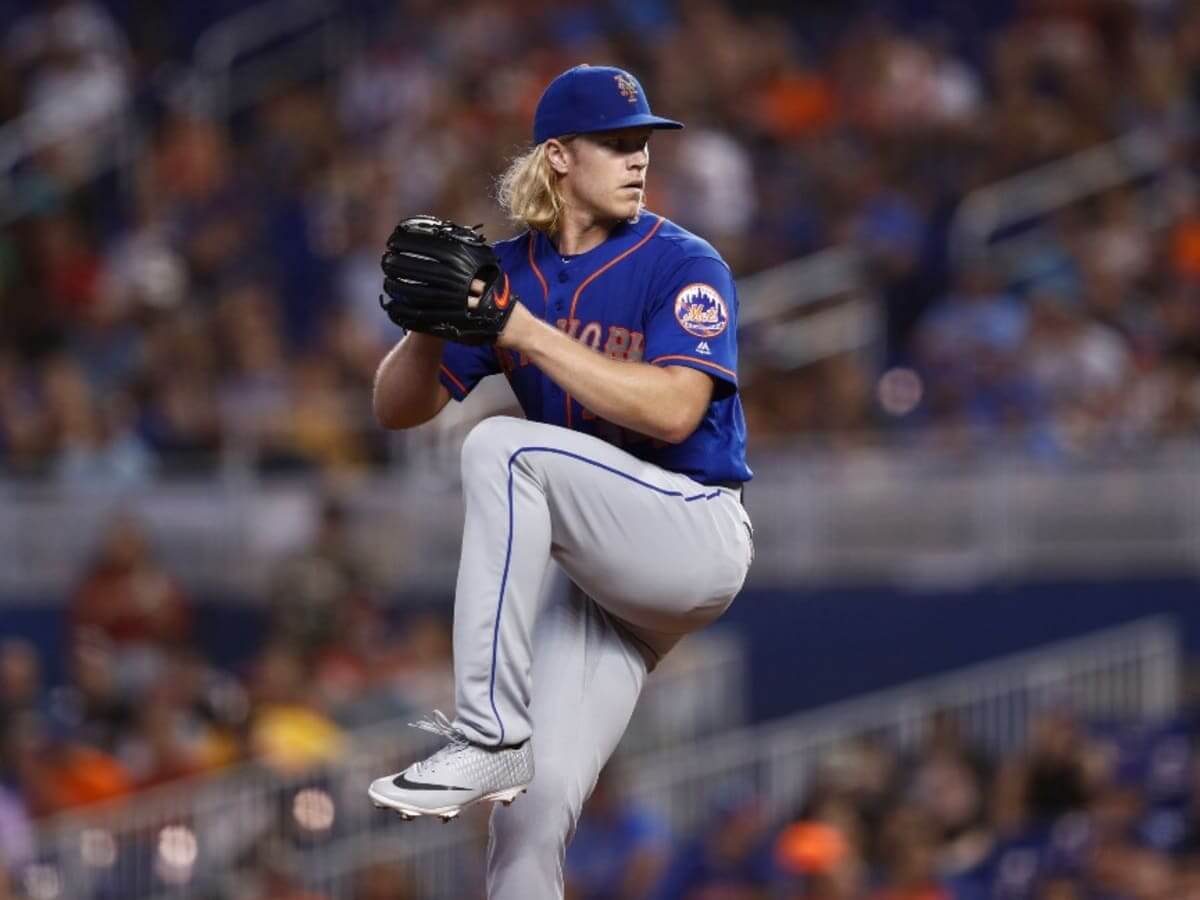In the world of baseball, understanding the basics, like what is a quality start in baseball, is key to grasping the game’s nuances. A starting pitcher records a quality start (QS) when they pitch at least six innings and allow three earned runs or fewer. This baseball quality start definition sets a benchmark for pitching effectiveness, highlighting pitchers who give their team a strong chance to win games.
Exploring the baseball quality start meaning further, it becomes evident why this metric is crucial for analyzing performance. The article will dive into the historical background, importance, and how it impacts the game, alongside criticism and alternative views on this metric. This approach offers a comprehensive view of what defines a quality start in the realm of baseball.
The Definition of a Quality Start

Criteria for a Quality Start
Basic Requirements
A quality start in baseball is achieved when a starting pitcher fulfills two primary conditions during a game. Firstly, the pitcher must complete at least six innings. Secondly, they should not allow more than three earned runs during their time on the mound.
Role and Performance Evaluation
The concept of a quality start is utilized to evaluate a pitcher’s performance effectively. It provides a clear and straightforward metric to assess whether a pitcher has effectively managed to prevent runs while securing outs over a substantial duration of the game.
Related Pitching Terms
To fully understand what constitutes a quality start, it’s helpful to be familiar with related baseball pitching terms:
- Earned Run (ER): Runs that result from actions where the pitcher is deemed responsible without errors or passed balls.
- Innings Pitched (IP): The total innings a pitcher has played, typically recorded in thirds due to partial innings.
- Earned Run Average (ERA): An important statistic that measures the number of earned runs a pitcher allows per nine innings pitched.
- Win (W), Loss (L): These terms denote whether the pitcher’s team won or lost the game, significantly influenced by the pitcher’s performance.
These terms provide context and depth to the quality start metric, illustrating its importance in broader pitching and game strategy analytics.
Historical Background and Origin

Origin of the Quality Start Metric
The term “quality start” was introduced by John Lowe, a sportswriter for the Philadelphia Inquirer, in 1985. This metric was developed as a way to evaluate a pitcher’s effectiveness in games, focusing on their ability to last at least six innings while allowing three or fewer earned runs.
Notable Records in Quality Starts
Record Holders
- Don Sutton holds the record for the most career quality starts, amassing a total of 483.
- Jack Chesbro set the record for the most single-season quality starts with 44 in 1904.
Exceptional Seasons
- Greg Maddux achieved the highest “quality start” percentage in the live-ball era, recording 24 quality starts out of 25 games in 1994.
- Bob Gibson held a remarkable streak with 26 consecutive quality starts from September 12, 1967, to July 30, 1968.
- Jacob deGrom matched Gibson’s record by achieving 26 quality starts from May 18, 2018, to April 3, 2019.
- In a more recent achievement, Framber Valdez of the American League pitched 25 consecutive quality starts from April 25 to September 18 of the 2022 season.
Evolution of the Quality Start Metric
The application and relevance of the quality start metric have evolved alongside changes in the game’s dynamics, such as scoring levels. For instance, in 2014, the quality start rate was approximately 54.0%, correlating with an average scoring of 4.07 runs per game. This statistic reflects how the metric adapts to the changing conditions of baseball, maintaining its role as a significant indicator of pitching performance.
Importance and Impact on the Game
Evaluating Pitcher Performance and Team Success
Quality Start as a Performance Metric
The quality start (QS) metric serves as an effective tool to assess a pitcher’s performance in a game. It simplifies the evaluation process by providing a clear standard: pitching at least six innings and allowing no more than three earned runs. This metric is particularly valuable because it focuses solely on the pitcher’s effectiveness, independent of the team’s offensive performance.
Impact on Team Strategy and Bullpen Usage
Achieving a quality start has a significant ripple effect on the rest of the team, particularly the bullpen. When a starting pitcher meets the QS criteria, it allows top relievers to perform in their specialized roles more effectively and provides an opportunity to rest them when not needed. This strategic use of pitchers can be crucial in close games and throughout the season to maintain a strong bullpen.
Statistical Insights and Records
Statistical Correlation with Team Wins
The Atlanta Braves’ record of 24 consecutive wins, when their starting pitcher records a quality start, underscores the strong correlation between quality starts and team success. This statistic highlights how a solid start from the pitcher sets the tone for the game, enhancing the team’s chances of winning.
Quality Starts vs. Other Metrics
Quality starts are shown to be a more reliable indicator of a pitcher’s performance than wins or ERA. Wins can be heavily influenced by the team’s overall performance, and ERA may be affected by factors beyond the pitcher’s control, such as defensive errors. Therefore, QS provides a more focused measure of a pitcher’s effectiveness.
Broader Implications in Baseball
Influence on Game Outcomes
While a quality start does not guarantee a victory, statistics show that the minimum quality start (3 earned runs in 6 innings) results in a winning percentage of .551, demonstrating that quality starts generally put teams in a favorable position to win.
Evolution of Pitching Roles
The decline in both wins and quality starts among starting pitchers over recent seasons suggests a shift in baseball strategy, emphasizing the importance of relievers in securing wins. This trend points to a potential reevaluation of how pitchers are used and valued in modern baseball.
Fantasy Sports Considerations
In fantasy baseball, quality starts correlate strongly with ERA and WHIP (Walks plus Hits per Inning Pitched), concentrating value among top-performing pitchers. This correlation can influence fantasy league dynamics, making quality starts a critical factor in player valuation.
Criticism and Alternative Views

General Criticism
Critics have expressed concerns that the traditional quality start metric, which allows a pitcher to earn a quality start with a 4.50 ERA, may not adequately represent a high-standard performance. This has led to suggestions that the benchmark for quality starts might be too low, as achieving a 4.50 ERA is around the 50th percentile in earned run allowance and generally considered mediocre.
Alternative Definitions and Proposals
Several alternative metrics have been proposed to address these criticisms:
- High Quality Start: Introduced by Nolan Ryan, this metric requires a pitcher to complete at least seven innings and allow three or fewer earned runs.
- Dominant Start: Suggested by Dayn Perry, this metric is achieved when a pitcher lasts at least eight innings and allows no more than one run, whether earned or unearned.
- Ultra Quality Start: This proposes at least seven innings pitched and two or fewer earned runs.
- Mega Quality Start: Requires at least eight innings pitched and one or fewer earned runs.
- Money Start (QS$) and Plus Start (QS+): Introduced by John Laghezza, these metrics aim to refine the quality start by setting higher standards for pitching performances, with QS$ highlighting outings of 7 or more innings and 2 or fewer runs allowed, and QS+ adding outcomes while remaining within all parameters.
Broader Considerations
The quality start metric does not account for the run averages of opposing teams, which can vary significantly, potentially skewing the effectiveness of this statistic in evaluating a pitcher’s performance. An adjustment to consider would be defining a quality start as an outing in which the pitcher holds the opponent to 3.5 runs or fewer, aligning more closely with a pitcher’s ability to control the game’s outcome. Additionally, the Quality Outing (QO) has been suggested as a broader metric applicable to any pitching appearance of four or more innings with a 3.50 ERA or better, capturing the essence of quality starts without restricting it to starters.
These criticisms and alternative views highlight ongoing debates about the best ways to measure and recognize pitching excellence in baseball, suggesting that the quality start metric, while useful, may benefit from revisions to better reflect the complexities of modern baseball.
Conclusion
Throughout this exploration into the nuanced world of baseball’s quality start metric, we’ve delved into its foundations, significance, and the widespread discussions it incites within the sport. The definition, originating from John Lowe in 1985, was scrutinized for its role in evaluating pitching performance—highlighting pitchers who significantly contribute to their team’s chances of success. We’ve seen how this benchmark, while occasionally contested, serves as a vital tool in assessing a pitcher’s effectiveness independently of their team’s offensive output, offering a clear, simple criterion amidst the game’s complexities.
The critique and proposed alternatives to the quality start metric underscore the evolving nature of baseball strategy and the continuous search for more accurate measures of pitching excellence. Despite its limitations and the debates it sparks, the quality start stands as a pivotal concept in understanding and analyzing pitcher performance. As the game progresses, so too may the metrics we use to evaluate it, suggesting a future where revisions or new methodologies could better capture the essence of a pitcher’s impact. The enduring discussion around quality starts reflects a broader enthusiasm for the game’s intricacies and a commitment to celebrating its skilled practitioners.
FAQs
What is the definition of a quality start in baseball?
A quality start (QS) in baseball is a performance benchmark for a starting pitcher, where they must pitch at least six innings and allow no more than three earned runs during a game.
Which pitcher holds the record for the most quality starts without a win?
Nolan Ryan holds the record for the most career quality-start losses, totaling 107 games where he had a quality start but did not earn a win.
What is the win percentage for games with quality starts?
Games that feature a Money Quality Start (QS$), which is a quality start with a high win conversion rate, typically have at least a 58.33% chance of resulting in a win for the starting pitcher. These high-performance starts occur in no more than 4.52% of games.
Is it possible for a relief pitcher to achieve a quality start?
No, a relief pitcher cannot earn a quality start. This statistic is exclusive to starting pitchers, as a quality start can only be credited to the pitcher who begins the game.








